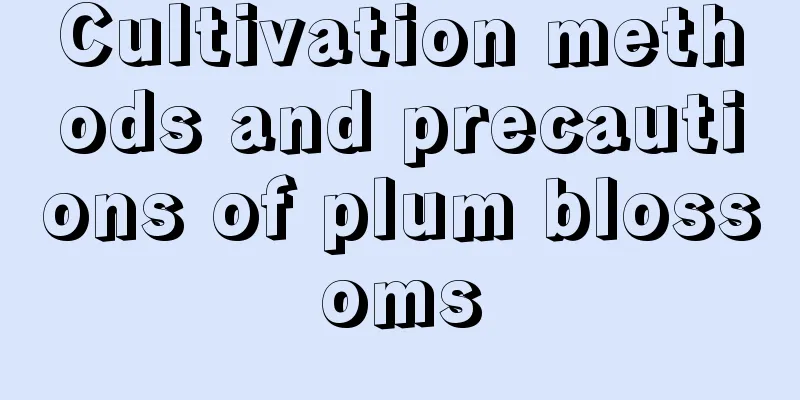How to grow water plants quickly and well? Beginners learn water plant tank cultivation techniques

|
In fact, water plants do not need to be planted deliberately. Just throw them into the fish tank and they will be more likely to survive after the water transfer. Alternatively, tie the water plants to driftwood or stones and sink them to the bottom of the water. This hydroponic mode is the easiest way to keep the water plants alive. Planting in the mud will require a lot of nutrients for a period of time, and it also requires a water transfer process. If the control is not good, the water plants may be burned to death. Key points of aquatic plant cultivation1. Bottom sand Choose sand with larger gaps, as larger gaps are more conducive to the growth of aquatic plants. You can choose coarse sand, gravel sand, or river sand as bottom sand. Before laying the bottom sand, clean it and disinfect it with salt water. After disinfection, clean it again before using it. If the gaps in the sand are too small, the roots will not be able to breathe, which will eventually cause the roots of the aquatic plants to rot and cause the death of the plants. 2. Warm water temperature Aquatic plants grown in different regions have different requirements for water temperature. The suitable water temperature for tropical aquatic plants is between 22 and 28 degrees, and that for temperate aquatic plants is between 14 and 22 degrees. They can safely survive the winter as long as the water temperature is not lower than 4 degrees. Tropical aquatic plants need to be above 15 degrees to survive the winter. 3. Adequate lighting Sunlight is a necessary condition for the growth of aquatic plants. An aquarium with good light transmittance is more suitable for the growth of aquatic plants. In some environments with poor lighting, fluorescent lamps can be used to extend the lighting time so that they can grow more healthily. Points to note when caring for aquatic plantsAfter cultivating aquatic plants, the water level should be adjusted in time to facilitate the normal growth of aquatic plants. During the growth period of aquatic plants, inorganic fertilizers should be applied appropriately to promote the growth of aquatic plants. If the aquatic plants are too dense, the overgrown aquatic plants should be manually removed. Generally, the total area of aquatic plants should not exceed 2/3 of the total area. In high temperature seasons, we must prevent aquatic plants from growing vigorously, making it difficult for water to circulate and causing the aquatic plants to die and rot. If you want to grow tropical aquatic plants in cold places, you must prepare insulation equipment and, if conditions permit, you can also use a water pump. |
<<: Peanut germination method: quick and good germination techniques and process
>>: How to grow aloe vera well? The correct way to grow aloe vera potted plants at home
Recommend
How to propagate yew by cuttings
How to propagate yew Yew can be propagated by sow...
Which vegetables are suitable for compound fertilizer? What kind of fertilizer is good for vegetables?
Compound fertilizer is a fertilizer containing mu...
How to test soil pH
Look at the soil source To know the acidity and a...
The Flower Language of Phalaenopsis
1. White Phalaenopsis White Phalaenopsis symboliz...
Common diseases of Saxifraga and their control methods
Common diseases of Saxifrage: Botrytis cinerea Sy...
When is the best time to transplant tuberose
When transplanting tuberose, it is best to use lo...
The efficacy and function of Shilongrui
1. Reduce swelling and relieve pain Stonecrop has...
How to trim the rich tree
When is the best time to prune the sedge The prun...
What fertilizer is good for Chinese toon trees?
Overview of Fertilization for Toona sinensis Chin...
Feng Shui Effects of Anthurium
Attract wealth The appearance of Anthurium is ver...
When is the best time to plant zucchini?
Zucchini has a certain degree of cold resistance,...
How to care for the newly bought ball orchid
1. Inspection Due to factors such as transportati...
How to grow hydrangeas to make them more vigorous?
Hydrangea , also known as hydrangea, is loved for...
Sprinkle some powder in the pot, the flowers will grow faster after eating it, it is more effective than 10 bottles of nutrient solution!
Sesame powder, peanut powder Foods high in oil an...
Will newly planted succulents die if they are watered?
1. Will I die? There is no need to water newly pl...









